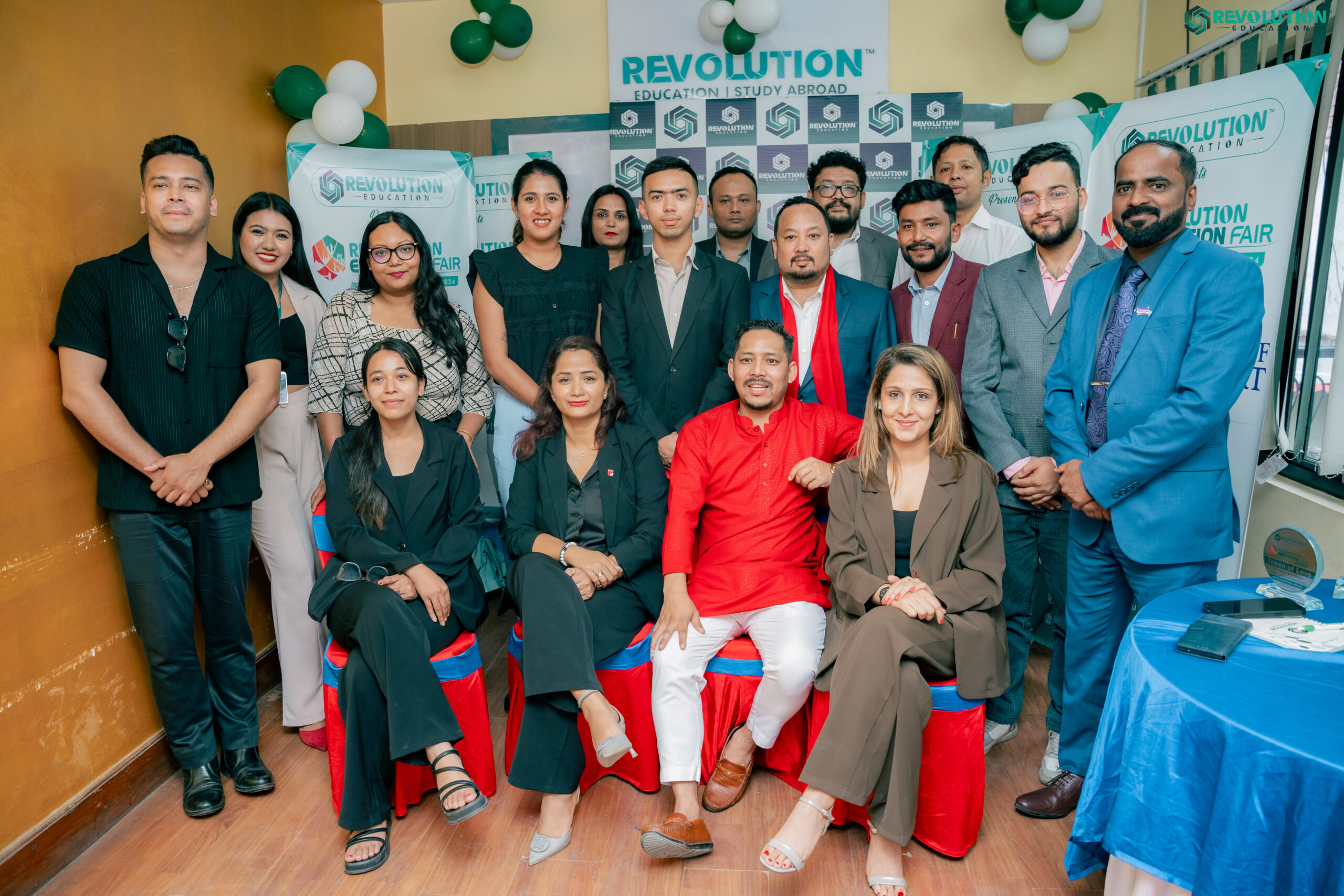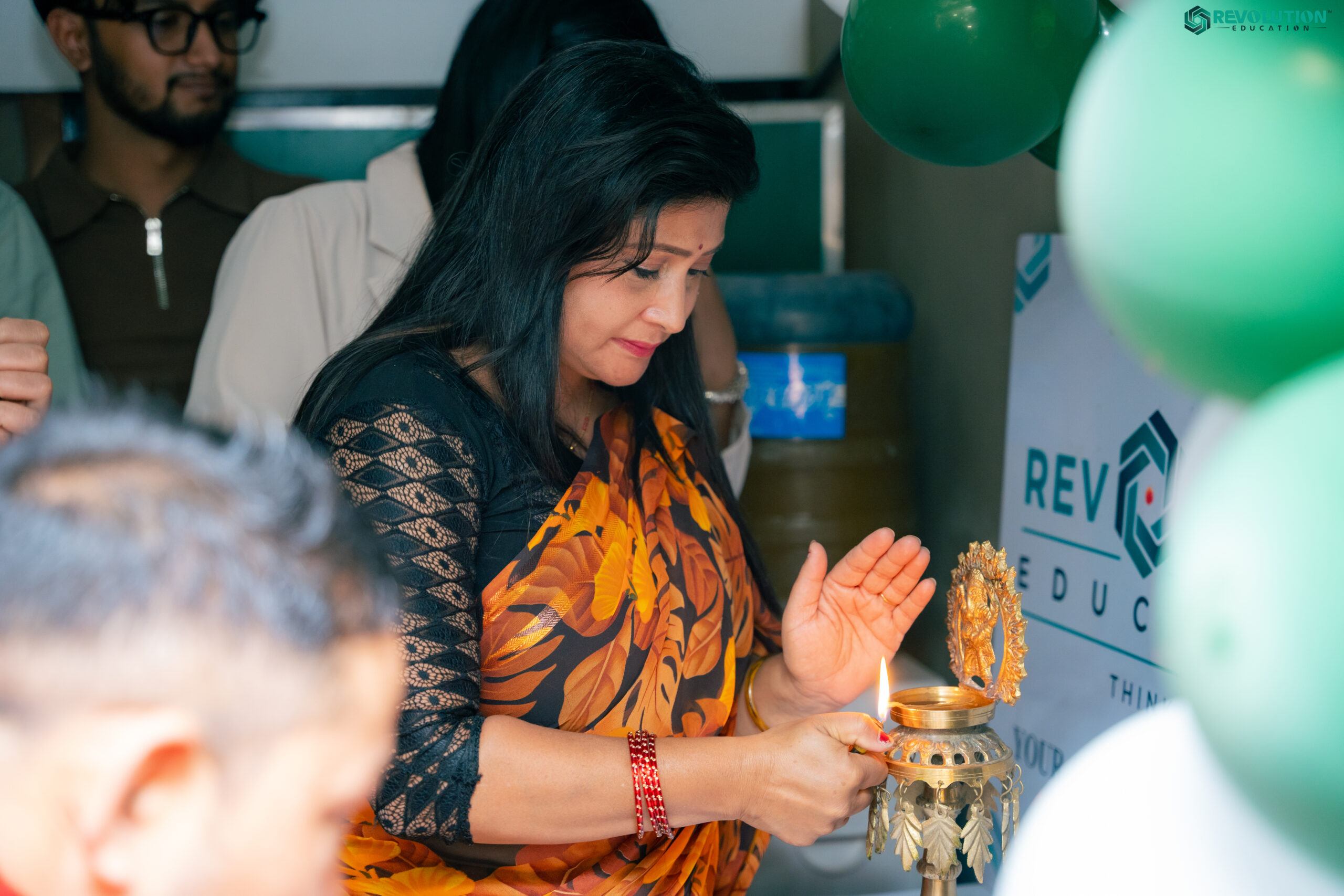WHY USA?
American universities are widely known for the quality of their teaching and research. The United States is the number one and largest destination for international students seeking higher education overseas. The education system in USA is the most versatile and flexible higher education system for international students in the world.
Today about 30 percent of all current international students in the world are studying in the United States.
Have you ever wondered what makes U.S. higher education so popular in the world?
Academic Excellence
The U.S. has one of the world’s finest education systems, with excellent programs across all disciplines. At the undergraduate level, outstanding program options are available in conventional subjects as well as professional fields. At the Master’s and Ph.D. level, students regularly get the opportunity to work with and learn from some of the finest researchers in the world. Qualifications awarded by U.S. universities are recognized throughout the world for its academic brilliance.
Diversity of Education Opportunities
The U.S. higher education system has lots to offer every student. The program structure lays equal emphasis on building a strong theoretical base along with importance on practical, employment-related skills. If you are looking at studying an unusual or specific program like gerontology you will have more than one program to choose from in the U.S.!
Cutting-Edge Technology
U.S. universities are world leaders in terms of technology and scientific techniques, and are committed to providing the same resources to students. The emphasis is to acquaint students with the latest in the field of science, engineering and related fields. The end result is work-ready graduates with appropriate skills using the most recent technology.
Opportunity for Research, Teaching and Training
In the U.S., at the graduate level students gain valuable experience in research and teaching through the many assistantship programs available. These assistantships also help students finance their higher education in USA. The practical experience gained is extremely useful for future careers in teaching and research.
Flexibility
The U.S. higher education system offers many course choices within a program and the opportunity to change majors or opt for multiple specializations. At the advanced stages of an undergraduate program a student can tailor the program to meet specific career aspirations like combining courses in contemporary jazz music with engineering! At the graduate level you can make your own timetable and complete course credits at a comfortable pace within the stipulated time frame.
Support Services for International Students
U.S. universities welcome international students for pursuing higher education in USA and have support systems to help students adjust comfortably to life in the U.S. Services at the international student office help students transition to the new environment. Support is offered through the year from organizing orientation programs to assistance with academic writing and building resumes as students get ready to graduate.
Campus Life
U.S. universities offer a diverse choice of academic, cultural and athletic activities to choose from which not only enrich the educational experience but also help students make new friends and become global citizens. Your university may also have a cricket team in addition to fraternities, regional and ethnic clubs.
Global Education
Academic study and experience from a U.S. university has a very positive reputation in the international job market. A U.S. education dramatically enhances a student’s long-term career goals. The experience builds critical thinking skills, develops self-confidence and cross-cultural skills and all of these attributes are highly valued by employers worldwide.
On-Campus Work Opportunities
Most colleges and universities allow international students to work on their campus as part-time employees. Students who are on F-1 student visas can work on-campus up to 20 hours a week during the academic year, and up to 40 hours a week in the summer or vacation periods. The students are usually paid an hourly rate (usually from US$ 8.00-US$15.00 an hour), and their earnings help to cover their living expenses. Students are placed in jobs based on their financial need and personal skills and experience. For example, an English major may be placed at the university library, while someone who has a lifeguard certification may be placed at the campus Aquatic Center.
Internships
Students are allowed to work as interns in their respective academic fields outside of the campus during summer vacation. There are internship programs during the academic year as well. Internships are a valuable part of education as they help students gain practical experience while taking classes. Most universities also offer academic credit for internship experience.
Job Opportunities / Professional Training
Once students complete their degrees, they are authorized to work full-time for one year in a related field in order to gain practical experience. (As of 2008, students in certain fields can extend this to 17 months.) This program is called the Optional Practical Training (OPT) program. Many talented students are hired as a permanent employee after they complete their OPT period by securing sponsorship from their employers for an H-1 visa. The H-1B visa is a temporary work permit for foreign nationals to work in specialty occupations like Software, Engineering, Teaching, Accounting, or Marketing. Students may continue their work without leaving the U.S. after the status change approval.
Procedures for admission:
- Prepare for English Proficiency test (IELTS, TOEFL)
- Prepare for Scholarship test
- 1. SAT for Undergraduate applicants
- 2. GMAT for Postgraduate applicants with non-technical background
- 3. GRE for Postgraduate applicants with technical background
- Appear on exam English Proficiency + Scholarship test
- Attest academic documents from USEF
- Send academic documents, test reports, passport and good statement of purpose to university
- Pay application fee (might be optional in some university)
- Documents are accessed from respective university
- Bank Balance certificate showing adequate fund might be asked by university
- I-20 is issued and sent via courier
- Book the appointment date for visa interview
- Pay the SEVIS fee
- Attend the interview
- Obtain visa
- Fly to your study destination
Requirements
- At least +2
- good academic(at least first division)
- good English skills (IELTS,TOEFL)
- 6 or equivalent for bachelor
- 6.5 or equivalent for master
Cost of Education in Australia for International Students
Average fee for undergraduate and graduate is around $ 10,000 to $18000 per year.
Note: Scholarship test marks is crucial for attaining scholarship. One can get 100% if he/she score high in such exam.
News & Events
 𝐆𝐥𝐢𝐦𝐩𝐬𝐞 𝐨𝐟 𝐑𝐞𝐯𝐨𝐥𝐮𝐭𝐢𝐨𝐧 𝐄𝐝𝐮𝐜𝐚𝐭𝐢𝐨𝐧 𝐅𝐚𝐢𝐫❤️✨🎉
𝐆𝐥𝐢𝐦𝐩𝐬𝐞 𝐨𝐟 𝐑𝐞𝐯𝐨𝐥𝐮𝐭𝐢𝐨𝐧 𝐄𝐝𝐮𝐜𝐚𝐭𝐢𝐨𝐧 𝐅𝐚𝐢𝐫❤️✨🎉
 𝐑𝐞𝐯𝐨𝐥𝐮𝐭𝐢𝐨𝐧 𝐄𝐝𝐮𝐜𝐚𝐭𝐢𝐨𝐧 𝐅𝐚𝐢𝐫 𝐜𝐨𝐧𝐝𝐮𝐜𝐭𝐞𝐝 𝐬𝐮𝐜𝐞𝐬𝐬𝐟𝐮𝐥𝐥𝐲❤️✨🎉
𝐑𝐞𝐯𝐨𝐥𝐮𝐭𝐢𝐨𝐧 𝐄𝐝𝐮𝐜𝐚𝐭𝐢𝐨𝐧 𝐅𝐚𝐢𝐫 𝐜𝐨𝐧𝐝𝐮𝐜𝐭𝐞𝐝 𝐬𝐮𝐜𝐞𝐬𝐬𝐟𝐮𝐥𝐥𝐲❤️✨🎉
 𝐑𝐞𝐯𝐨𝐥𝐮𝐭𝐢𝐨𝐧 𝐄𝐝𝐮𝐜𝐚𝐭𝐢𝐨𝐧 𝐅𝐚𝐢𝐫 : 𝐎𝐩𝐞𝐧𝐢𝐧𝐠 𝐚𝐧𝐝 𝐂𝐥𝐨𝐬𝐢𝐧𝐠 𝐂𝐞𝐫𝐞𝐦𝐨𝐧𝐲❤️✨🎉
𝐑𝐞𝐯𝐨𝐥𝐮𝐭𝐢𝐨𝐧 𝐄𝐝𝐮𝐜𝐚𝐭𝐢𝐨𝐧 𝐅𝐚𝐢𝐫 : 𝐎𝐩𝐞𝐧𝐢𝐧𝐠 𝐚𝐧𝐝 𝐂𝐥𝐨𝐬𝐢𝐧𝐠 𝐂𝐞𝐫𝐞𝐦𝐨𝐧𝐲❤️✨🎉
Student Says

Birendra Saud- UK🇬🇧
My whole processing was done at last minute. Thankfully, Revolution helped me issue offer and started documentation quickly. My whole documentation process couldn’t be more smoother. Even after Visa Grant, I was guided by whole revolution team for pre departures too. Therefore, I couldn’t be anymore Thankful.
